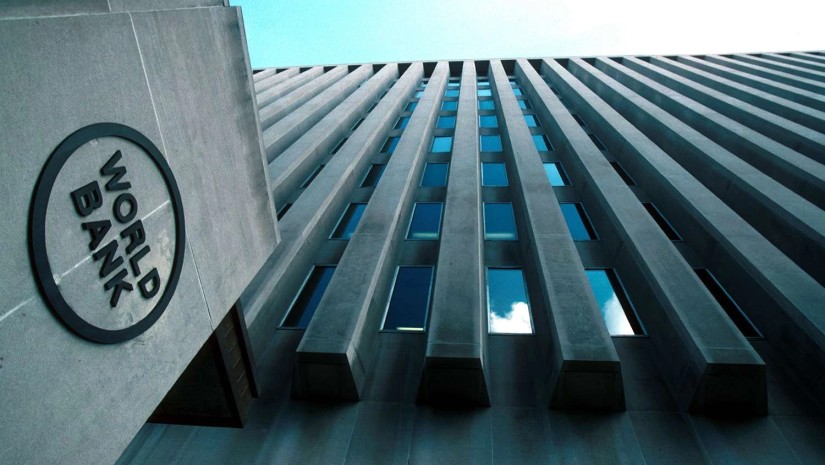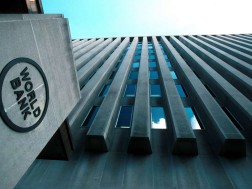World Bank published its Monthly Economic Update for Georgia. the document provides the key highlights from the November edition, which covers the recent economic developments in the country.
According to the report, the economy expanded by 5.1 percent (yoy) in September. Economic activity eased slightly, with 5.1% (yoy) growth in September compared to 5.8% growth (yoy) in August. For the year to date, growth remains robust at 6.8 percent. Growth has been driven by financial services, construction, and trade, whereas manufacturing, and real estate have been negative contributors. On the demand side, total turnover of value-added taxpayers increased by 3% (yoy) in nominal terms and the number of new business openings declined by 14.3% (yoy) due to fewer non-resident registrations.
Inflation rose by 0.6 percent (mom) in October. Higher monthly inflation is largely attributed to rising fuel and clothing prices putting upward pressure on overall price levels. In October, residential rental prices increased by 0.8% (mom), with year-on-year prices rising by 10%. Annual inflation stood below target, at 0.8% yoy in October, driven largely by alcohol, housing, and transport prices. The producer price index (PPI) continued to reflect deflationary trends, recording a 3.3% (yoy) fall in September. The GEL depreciated by 1% (mom) in October, partly due to decelerating money transfer inflows. Overall, the GEL has appreciated by 14% against the USD since the beginning of the war in Ukraine.
The trade deficit narrowed slightly in October. Merchandise exports increased by 10 percent (yoy) after a slowdown in September, outpacing a 3 percent (yoy) growth in imports. Consequently, the trade deficit narrowed by 0.9 percent (yoy) in October. Available disaggregated data for September show that export growth continued to be driven by the re-export of used cars, mostly to the Kyrgyz Republic and Kazakhstan. Meanwhile, other traditional export items such as copper, ferroalloys, and fertilizers fell sharply, by over 50 percent (yoy), due to
declining demand and prices. Overall, domestically produced exports fell by 25 percent (yoy) in September. Import growth was primarily fueled by increased demand for used cars, pharmaceuticals, and heavy machinery, whereas imports of fuel and copper concentrates fell.
Remittances contracted by 44 percent compared to October 2022, while remaining high by historical standards. Contraction was largely due to a substantial fall (79 percent, yoy)in remittances from Russia, due in part to RUB depreciation and outmigration of Russian citizens.
However, this decline was partly offset by higher remittances from other countries, notably Italy, the United States, Germany, and Greece. The proceeds from tourism remained solid in Q3 2023, with a 7.3 percent (yoy) increase, albeit a slowdown from the remarkable 49 percent (yoy) increase observed in Q2 2023.
The banking system remained healthy and profitable. In September, most lenders remained highly profitable (25.3 percent return on equity and 3.9 percent return on assets). Non-performing loans (NPLs) remained stable at 3 percent. The credit portfolio growth picked up from 16.5
percent in September to 17.1 percent (yoy) in October, with foreign currency denominated loans increasing by 20 percent. Growth of deposits eased (yoy) to 19 percent (adjusted for foreign exchange effects), driven by lower growth of foreign exchange deposits (6 percent yoy). As a
result, deposit dollarization dropped by 6 percentage points over the last year, to 51 percent as of end October 2023.
The fiscal gap widened in September by 0.3 percentage points of GDP. This led to a deficit of 1.2 percent of GDP in the first nine months of 2023. General government tax collection increased by 9.4 percent (yoy) in nominal terms in September, driven by solid economic performance.
Meanwhile, current spending expanded by 14 percent (yoy). The largest increase was in social spending, with 32 percent (yoy) in nominal terms. Similarly, subsidies, goods and services, and interest payments increased by over 20 percent (yoy) in September. Meanwhile, capital spending
declined by 1 percent (yoy). Public debt was estimated at 39.5 percent of 2023 projected GDP, slightly down from its level at year end 2022 (39.9 percent of GDP), but up 8 percent in nominal terms.
















